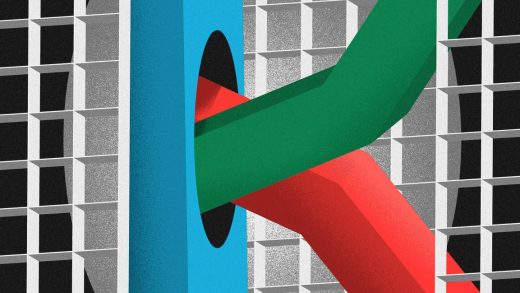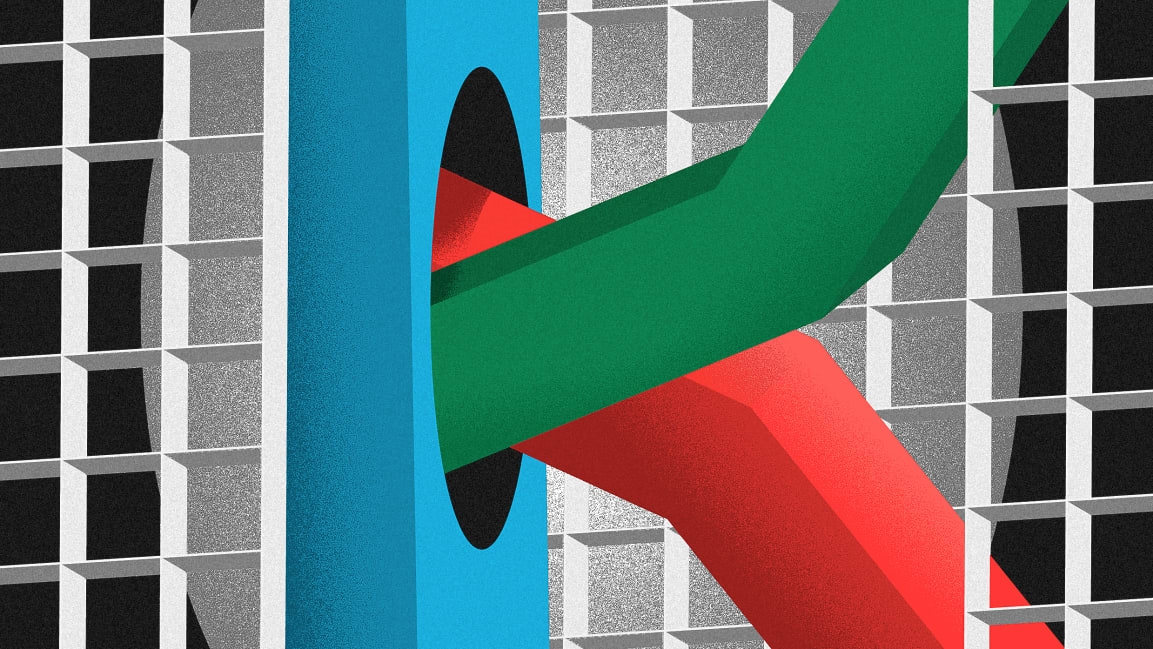Forget U or V or W: We may be headed toward a K-shaped recovery
U, V, W. Most of the forecasts for economic recovery thus far are named for letters that match their shape on graphs of economic indicators. But a new letter is entering the vocabulary of economists and politicians of late, as economic troubles drag on due to a lack of additional government cash relief: K-shaped recovery.
Joe Biden mentioned the “unusual K shape” during a recent speech in Wilmington, Delaware. “Economists are starting to call this recession a K-shaped recession, which is a fancy phrase for everything that’s wrong with Trump’s presidency,” Biden said. “What ‘K’ means is those at the top are seeing things go up, and those at the middle and below are seeing things go down and get worse.”
A K-shaped recovery occurs when an economy recuperates unevenly, and there’s a separate trajectory for two segments of the society. While the financial markets recover and grow, the real economy, or the flow of goods and services, gets worse. That’s worrying, because 84% of the stock market is owned by 10% of households. While the market continued to rise even amid a global pandemic, GDP and employment rates fell.
These different paths follow the direction of the two spokes that poke out from the vertical line on the “K.” But the diverging spokes can also be interpreted in other ways that tell a similar story. Elise Gould, a senior economist at the Economic Policy Institute (EPI), says the two prongs can also represent: people with high and low wage levels, those that have the ability to work from home and those who don’t, and those who have liquid wealth assets to survive during the recession and those who don’t. “It’s very much a split of the ‘haves’ and the ‘have-nots,’” she says.
In a blog post, the president of the U.S. Chamber of Commerce, Suzanne Clark, suggested that the spokes can also represent two sets of job sectors. Industries like tech and software—which have survived due to telemedicine, communication and distance learning—may continue to grow, while travel, entertainment, and food services, which rely on in-person activities, may trend in a downward direction. “There is no end in sight to the economic malaise” for those industries, she writes. Even though many of those businesses are innovating and adapting: “there is only so long you can survive on razor thin margins with persistently diminished revenue.”
Since the start of the pandemic, economists have suggested various other recovery shapes: In an April Reuters poll, a majority of economists predicted a U-shaped recovery, where there’s a prolonged stagnation before recovery, which would match what many economists believe happened during and after the Great Recession. Others chose the more optimistic V shape, a fast recovery with minimal long-term damage, and some the W shape, which would occur following a second virus wave and second recession. (Others have since posited J and L shapes, and even a Nike swoosh shape.) Five months later, after more perspective, K is the letter that’s trending.
On a recent House panel, Treasury Secretary Steve Mnuchin was asked about the K model. “Let’s not get lost on different letters of the alphabet,” he said. “Let’s move forward on a bipartisan basis on areas we can agree upon.”
To avoid continuing in the K shape, Clark called on lawmakers to send out more PPP funding for small businesses, and more resources to state and local governments to bolster essential services like public education. “Congress might see 20+ percentage points of growth in Q3 and think we’re out of the woods,” she said. “They would be sorely mistaken. For laid off workers and for businesses barely scraping by, the crisis is as acute today and it was in March.”
EPI’s Gould notes a flaw with the K model, in that it assumes that everyone started from the same place, when in fact there’s already been decades of societal disparity. The coronavirus didn’t create the K-shaped trend, only magnified it. “It hit occupations and industries and workers that were already at a vast disadvantage in our economy and our society,” she says. It’s exposed the need for longer-term strengthening of the safety net, such as making unemployment insurance and paid sick leave permanent. “Why should that go away?” she asks. “Why should we not have that as a basic labor standard?”
Still, in the short-term, she agrees that people are in dire need of further fiscal stimuli. “If people don’t have money in their pockets to spend on goods and services, the things that they need, then that’s going to dampen any wage growth,” she says. “Holding off on more aid to families is actually dampening the recovery.”
(5)



